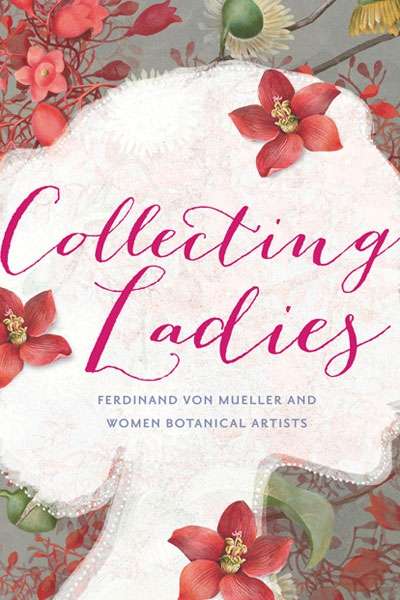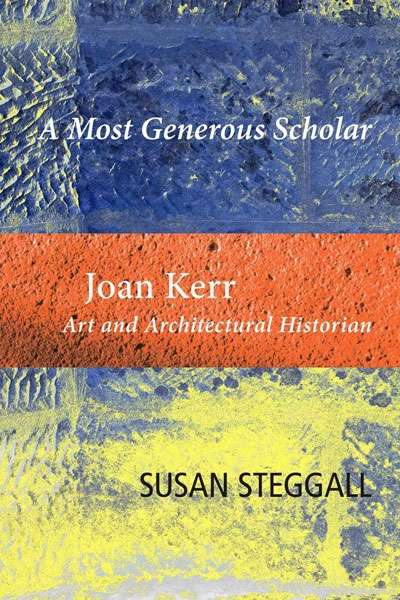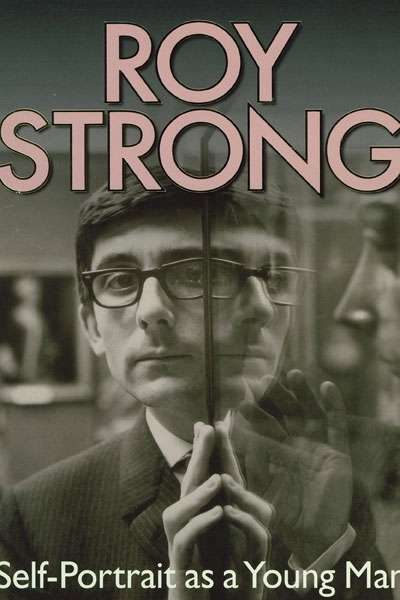Arts
Ninety years after ‘An Exhibition of Australian Art’ was held at Burlington House, London, home of the Royal Academy of Arts, the exhibition Australia opened on 21 September 2013. Touted as the biggest exhibition of Australian art to be staged in the United Kingdom, it is an ambitious undertaking – nothing less than a survey exhibition encapsulati ...
Making Melbourne’s Monuments: The Sculpture of Paul Montford by Catherine Moriarty
by Christopher Menz •
Collecting Ladies: Ferdinand von Mueller and Women Botanical Artists by Penny Olsen
by Simon Caterson •
Extravagant Inventions: The Princely Furniture of the Roentgens by Wolfram Koeppe
by Christopher Menz •
Edwardian Opulence: British Art at the Dawn of the Twentieth Century edited by Angus Trumble and Andrea Wolk Rager
by Anne Gray •
Turner from the Tate: The Making of a Master edited by Ian Warrell
by Mary Eagle •
A Most Generous Scholar: Joan Kerr: Art and Architectural Historian by Susan Steggall
by Sheridan Palmer •









